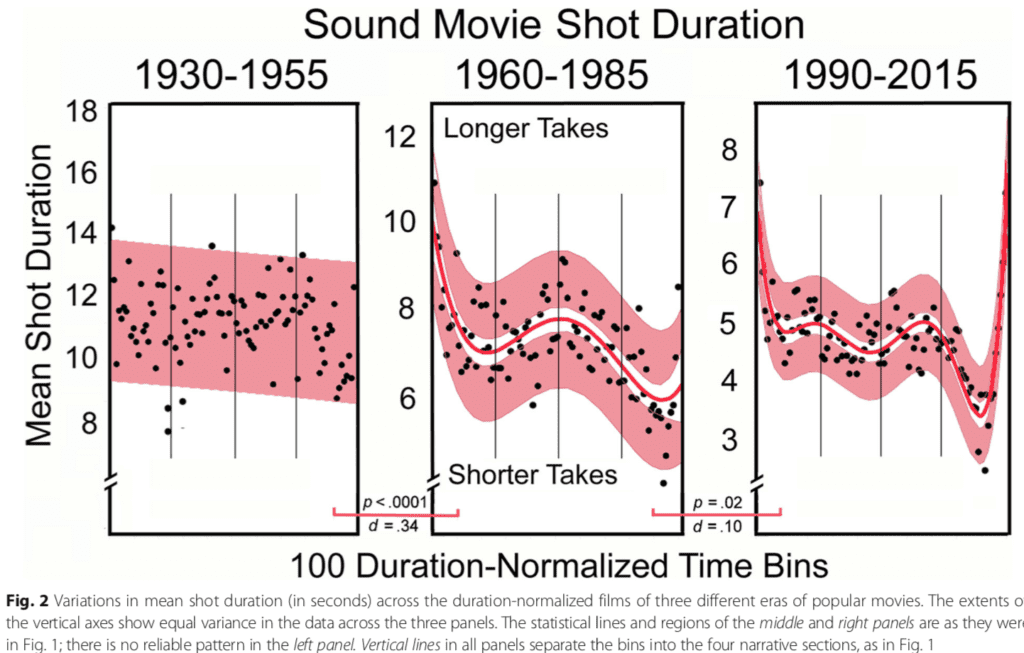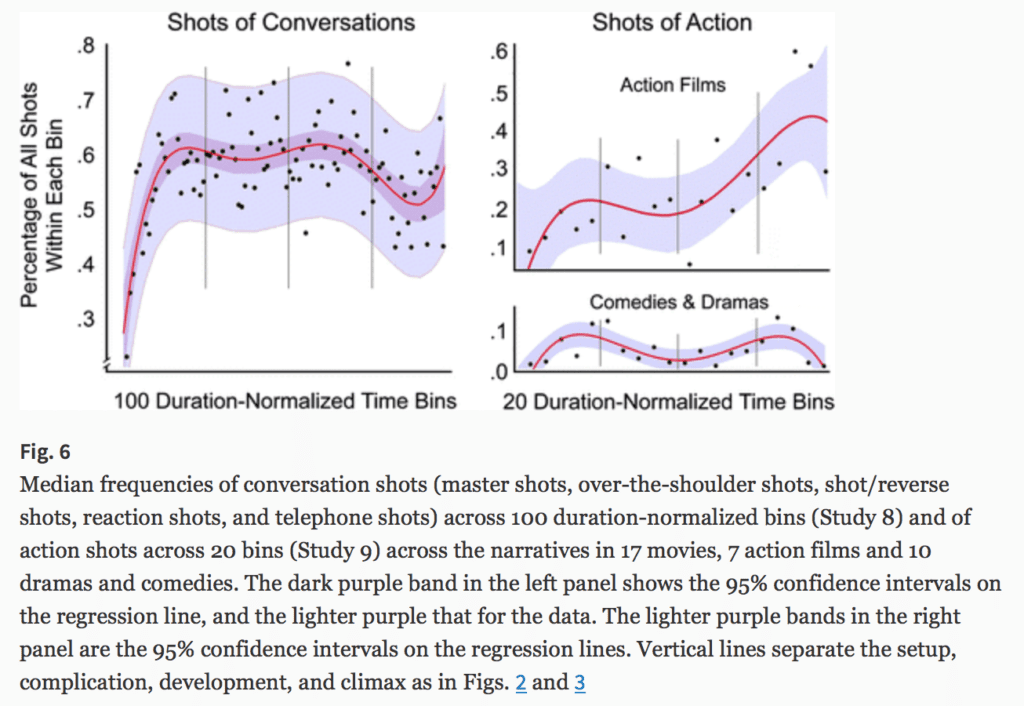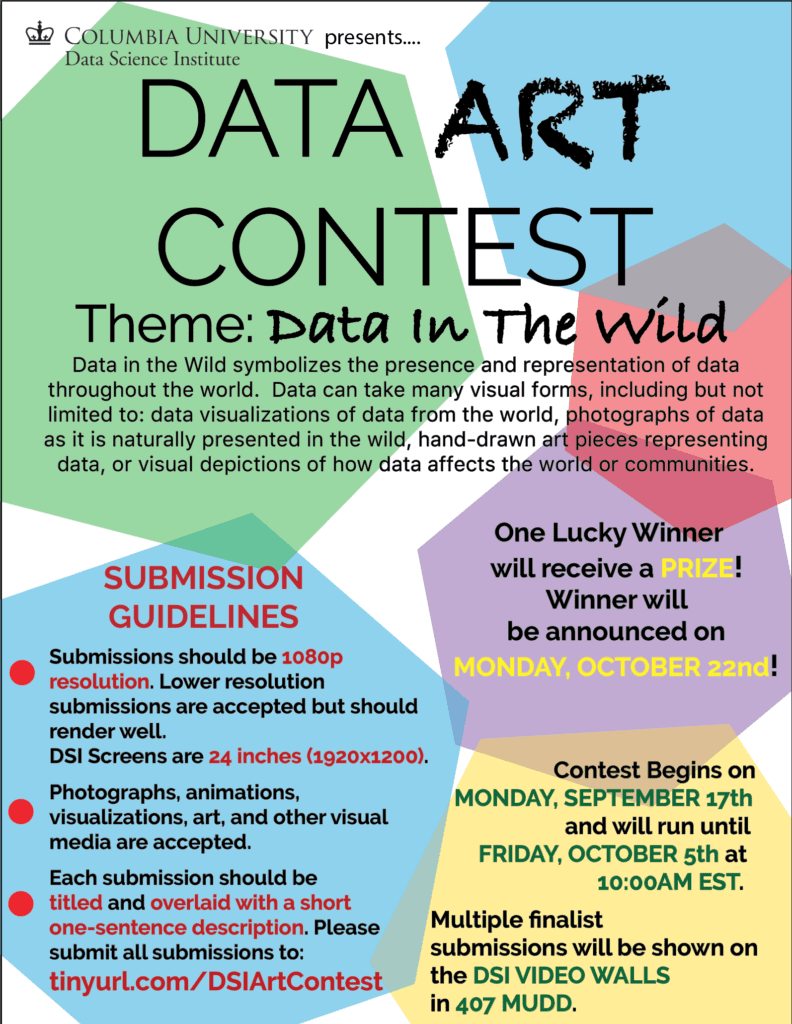I read BD’s (bandes dessinées or, as we say in English, graphic literature or picture storybooks) to keep up with my French. Regular books are too difficult for me. When it comes to BDs, some of the classic kids strips and albums are charming, but the ones for adults, which are more like Hollywood movies, are easier for me to read because I find the stories more compelling: I want to find out what happens next.
Here are brief reviews of some albums, in the order that I read them.
WW2.2, by David Chauvel and others. The first one I ever read! I bought Tome 1 at the train station in Brussels, then bought and read the others, one at a time. When I started reading, I had the impression that it was going to be an endless series in the vein of Lucky Luke. But then it turned out it was a finite set of 7 volumes. Since then, I’ve learned that a fixed-length plan is common practice, equivalent to a TV mini-series, I guess. Anyway, the 7 volumes of WW2.2 were of uneven quality but they were all pretty good, and the scenario as a whole made sense to me. My favorite was the first volume, where you get to know all these different characters, keeping them all straight in your head—and then all but one of them dies. Which makes the point of lethality of war more effective than any number of images of dismembered bodies.
Il était une fois en France, by Fabien Nury and Sylvain Vallée. Lived up to the hype. Without a doubt the best piece of literature, of any form, about a scrap metal dealer. I can’t recommend this one enough.
Gung Ho, by Benjamin Von Eckartsberg et Thomas Von Kummant. Fun post-apocalyptic adventure. I happen to have read most of Tome 1 on the beach, which somehow fixed it all in my mind. We’re now waiting for Tome 4 to come out.
Les promeneurs du temps, by Franck Viale et Sylvain Dorange. Fun story, excellent cartoony drawing style. I really loved Tome 1, but the story got so confusing that I lost touch somewhere in Tome 3. Too bad. I guess I’m not the only one who felt that way, because Tome 4 never appeared.
Tyler Cross, by Fabien Nury and Brüno. I saw this in the bookstore and it was intriguing. A Western—almost, I guess not quite as it takes place in the mid-twentieth century. I guess they’d call it a polar. The title character is reminiscent of Donald Westlake’s Parker. An open-ended series, two volumes so far with at least one more to come.
Souvenirs de l’empire de l’atome, by Thierry Smolderen et Alexandre Clérisse. I picked up this one on the strength of its drawings alone. Actually, that’s usually how I usually do it. Some drawings have character, some don’t. The story to this one was ok but didn’t quite follow through. I don’t really care, though, as the art was so distinctive. A real “60’s” feel.
Le temps perdu, by Rodolphe et Vink. Beautiful drawings, but ultimately the story was just too empty and sentimental so it didn’t really work as a BD.
Où sont passées les grands jours, by Jim and Alex Tefenkgi. Affecting, well-drawn story about the lives of some young adults. “Tout roule. Ne t’inquiète pas.”
Ceux qui me restent, by Damien Marie and Laurent Bonneau. Another one along the same lines: evocative, understated drawings and a realistic story that made me cry, this time about family and memory. The design of this one makes brilliant, spare use of colors in a way that perfectly matches the themes of the story.
Rouge comme la neige, by Christian De Metter. Sad, and beautiful. I don’t know why Westerns are such a popular form of BD, but this one played it straight and was heartbreaking.
Quai d’Orsay, by Christophe Blain et Abel Lanzac. Great drawing style. The story is funny, but my language skills are weak, so it takes pretty much all my effort to detect the humor, leaving me with little energy left to actually appreciate it. Still, I’m working my way through it. The book does not insult my intelligence.
Lancaster, by Christophe Bec and Jean-Jacques Dzialowski. A fun James Bond-style confection, just delicious. I read somewhere on the internet that it didn’t sell well so they decided not to continue it after the first 2 volumes. Too bad.
L’Arabe du futur, by Riad Sattouf. Wow. The guy is brilliant: inspired drawings and a wonderful story. Amazing presentation of a kid’s perspective and of violent societies. I wonder how people from Syria feel about this book: I could imagine them loving it, or I could imagine it getting them very angry. Tome 4 is coming soon. It’s just amazing how much facial expression Sattouf can capture in just a couple of lines.
I was motivated then to read other Sattouf books, including No Sex in New York (which is actually in French despite the title) and Les cahiers d’Esther. These are good too. No Sex in New York includes a hilarious cartoon of a lecherous Isaac Asimov.
Les vieux fourneaux, by Wilfred Lupano and Paul Cauuet. Wrinkly, still energetic soixante-huitards. Ni yeux, ni maître! 4 tomes so far. Lots of fun, takes a lot of work to follow. I think I’m catching about half the jokes.
Transperceneige, by Jacques Lob, Benjamin Legrand, and Jean-Marc Rochette. I read a few pages of this one and then paused, discouraged by a native speaker who said that this book is full of invented slang and it will be really hard for me to understand.
La mort de Staline, by Fabien Nury and Thierry Robin. Hilarious. Sad, too, but hilarious.
Mort au Tsar, by Fabien Nury and Thierry Robin. More of the same. Also high quality, but harder for me to follow as I didn’t know the story ahead of time.
L’été diabolik, by Thierry Smolderen et Alexandre Clérisse. A followup to Souvenirs de l’empire de l’atome, also with this great angular drawing style but this time with a better story, somewhat gimmicky but it worked for me.
L’homme qui ne disait jamais non, by Olivier Balez et Didier Tronchet. Lively drawing style and fun adventure. But when it was all over, I was disappointed because the plot was a bit of a cheat.
Stern, by Frédéric and Julien Maffre. The guy’s a gravedigger. This one’s more of a standard BD Western, tongue in cheek all the way through. Lots of fun, I liked it. I encountered it in the bookstore display one day. We’ve read Tomes 1 and 2; I assume more will be coming.
Junk, by Nicolas Pothier and Brüno. Le même dessinateur de Tyler Cross. What a great style. Good story, too. Another Western.
Katanga, by Fabien Nury and Sylvain Vallée: The team behind Il était une fois en France. This one’s good too, but a bit grimmer. A lot grimmer. This book has no good guys at all!
L’Imparfait du futur and La réplique inattendue, by Émile Bravo. These are the first two of a six-volume series. Science-fiction comedy; it really is funny and the sci-fi works too. This one is written for kids, but I’m including it on this list because this adult enjoys it. I’m looking forward to reading tomes 4-6.




